
REPLACEMENT OF EXISTING PIPELINE BY MEANS OF PIPE BURSTING
Pipeline rehabilitation is the process of restoring and improving the condition of existing pipelines through various trenchless techniques to extend their lifespan and enhance their performance without the need for conventional open trench pipe replacement.
PIPE
BURSTING
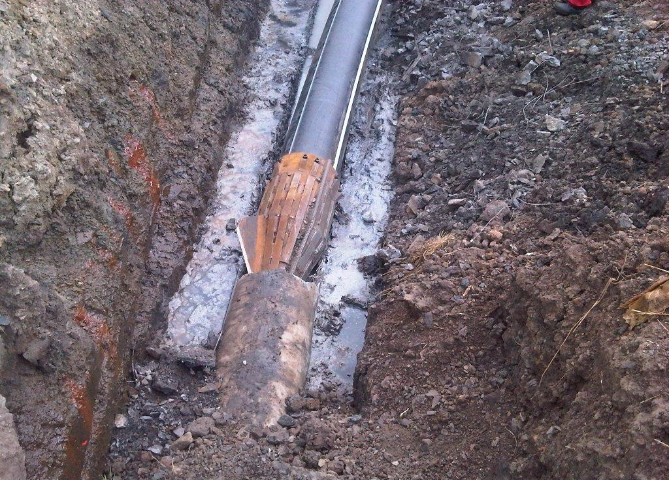
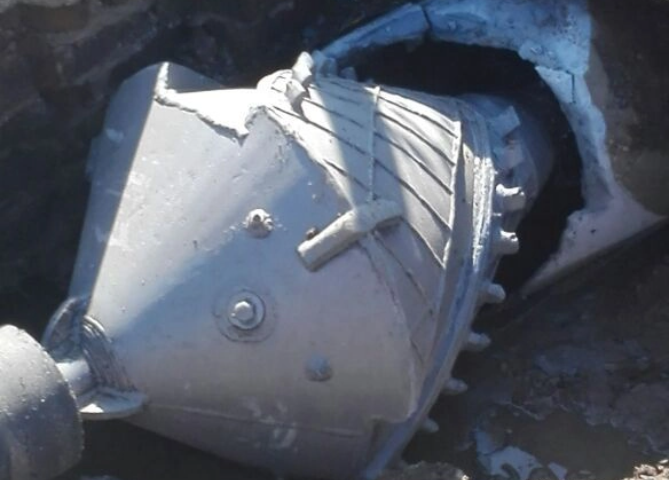
PIPE REAMING / PIPE EATING
NON-DESTRUCTIVE PIPELINE REHABILITATION
Pipeline rehabilitation is the process of restoring and improving the condition of existing pipelines through various trenchless techniques to extend their lifespan and enhance their performance without the need for conventional open trench pipe replacement.
SPIRALLY
WOUND PIPE
Spirally wound pipe is a trenchless pipe lining technique where a continuous strip of PVC or HDPE profile is helically wound inside a deteriorated host pipe, creating a new structural liner that reinforces and seals the existing pipe.
Trenchless Technologies is the licensed installer of the Sekisui Ribloc spirally wound trenchless solutions, these include:
• EX – produces a close-fit uPVC liner in diameters from 150 mm to 750 mm. The liner is wound through the host pipe at a smaller diameter and then radially expanded into intimate contact.
• RO – produces a close-fit uPVC liner in diameters from 800 mm to 1800 mm. The Rotaloc machine traverse the host pipe and installs a liner intimate with the pipe wall. The Rotaloc machine adjusts diameter to negotiate line conditions.
• ROS - produces a close-fit uPVC liner in diameters from 800 mm to 1800 mm. The liner is re-enforced with steel encapsulation to offer enhanced stiffness and performance.
• PE – produces a fixed diameter, fully welded, steel reinforced HDPE liner in diameters from 300 mm to 3000 mm
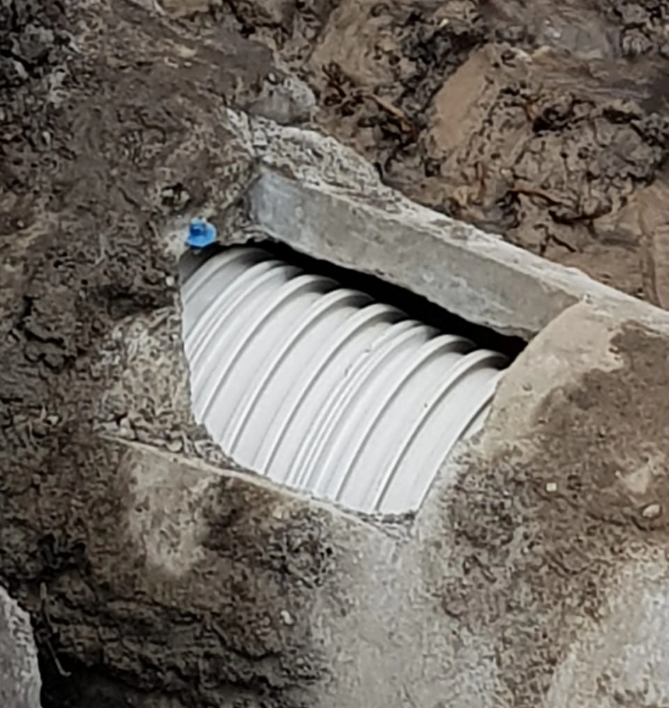
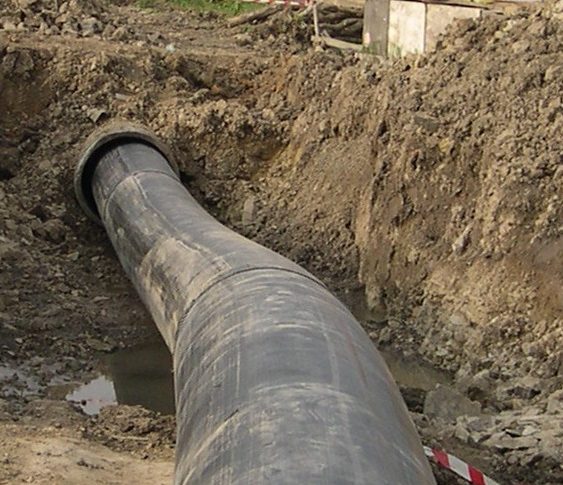
SLIP LINING
CURED-IN-PLACE PIPE (CIPP)
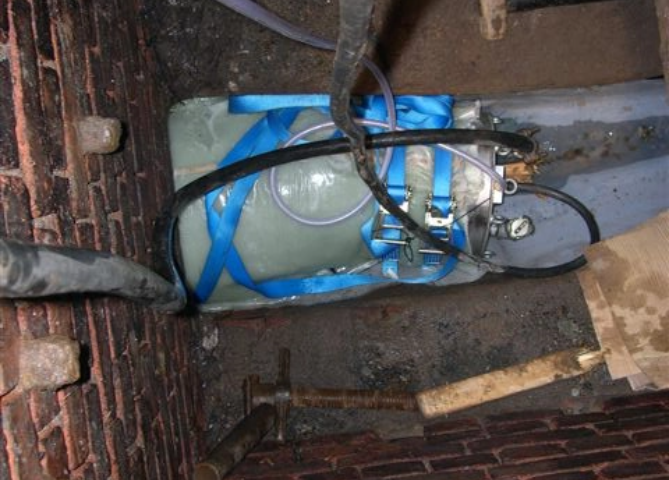
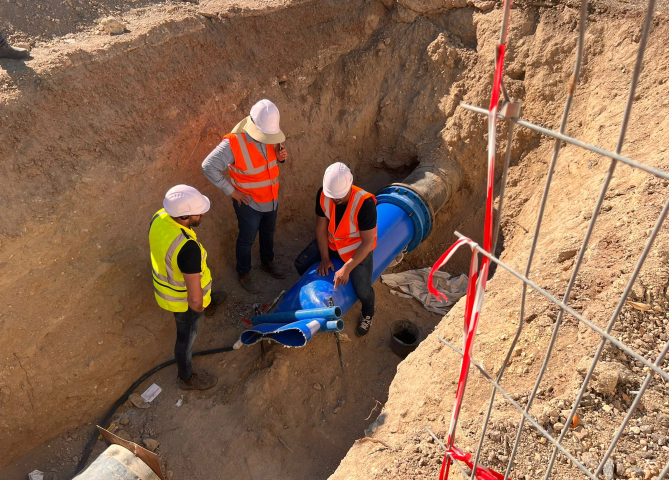
PULL-IN FLEXIBLE LINERS
JOINT SEALING
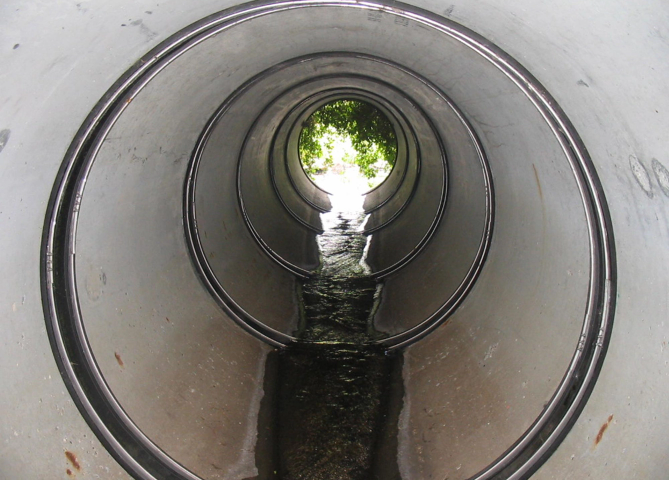
TRENCHLESS TECHNOLOGIES
Pipeline Rehabilitation
Contact us today to explore how our expertise can benefit your projects. Together, let's build a pipeline network that stands the test of time.